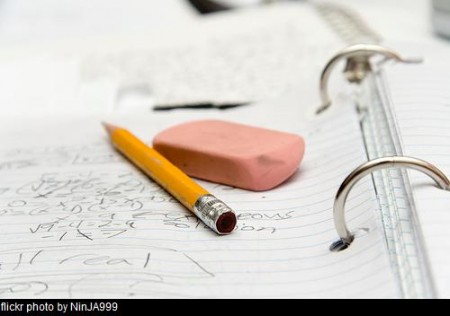WOW! It has been an incredibly awesome year for me, and I hope it has been for you too! God bless you as you are studying for your chemistry & honors chemistry exam! If you need a break, check out this awesome review of the elements: The Element Song or this New Periodic Table Song, but don’t get distracted by the challenge!!
EXAM ROOM ASSIGNMENTS are listed below. IMPORTANT – Bring your exam review packet to the chemistry room before you go to your exam room! (And the chemistry textbook if you checked one out!!)
It is super, super important so study YOUR VERY BEST and remember to practice, practice, practice! This exam can make a HUGE difference in your average. FINISH STRONG, like you’ve been working all year!! Produce something!! Make flashcards out of the vocab, formulas, types of chemical reactions, etc. Practice writing chemical formulas, balancing equations, working the problems – try the practice tests on the online textbook or on The Physics Classroom (sign in as a guest) or sciencegeek.net. All of these will be really helpful. And get yourself plenty of snacks! 🙂
How’s the exam review coming? You know, I don’t just give you that thing for the extra credit. I give it to you because it will help you get organized and help you remember everything that’s going to be on the exam. As you answer each topic, keep studying it, if you’re having trouble!
Chemistry – 1st Period 307 Berryhill
Chemistry – 2nd Period 305 Clayton
Chemistry – 3rd Period 303 Walton
Chemistry – 4th Period 301 DeFrehn
Honors Chemistry 300 Phillips

